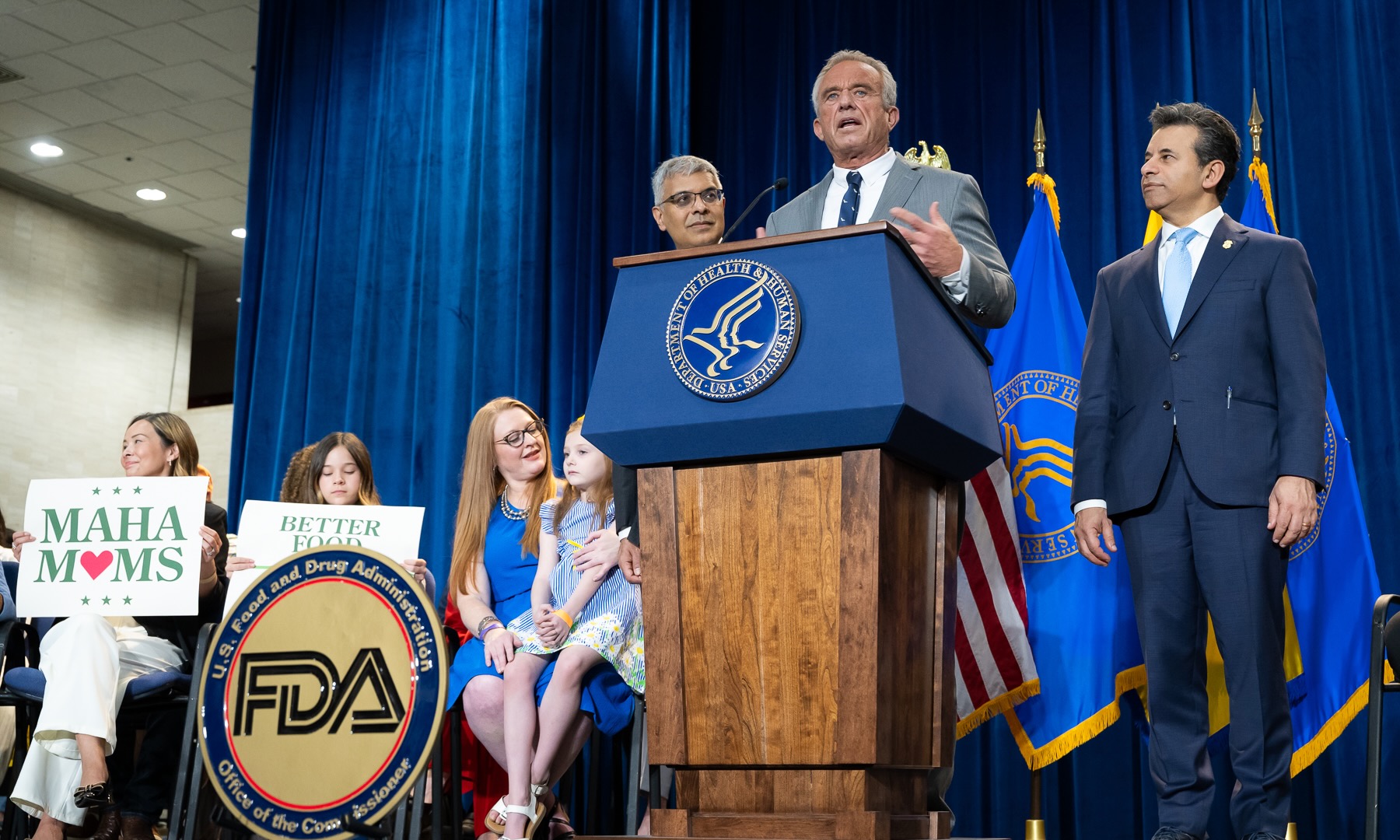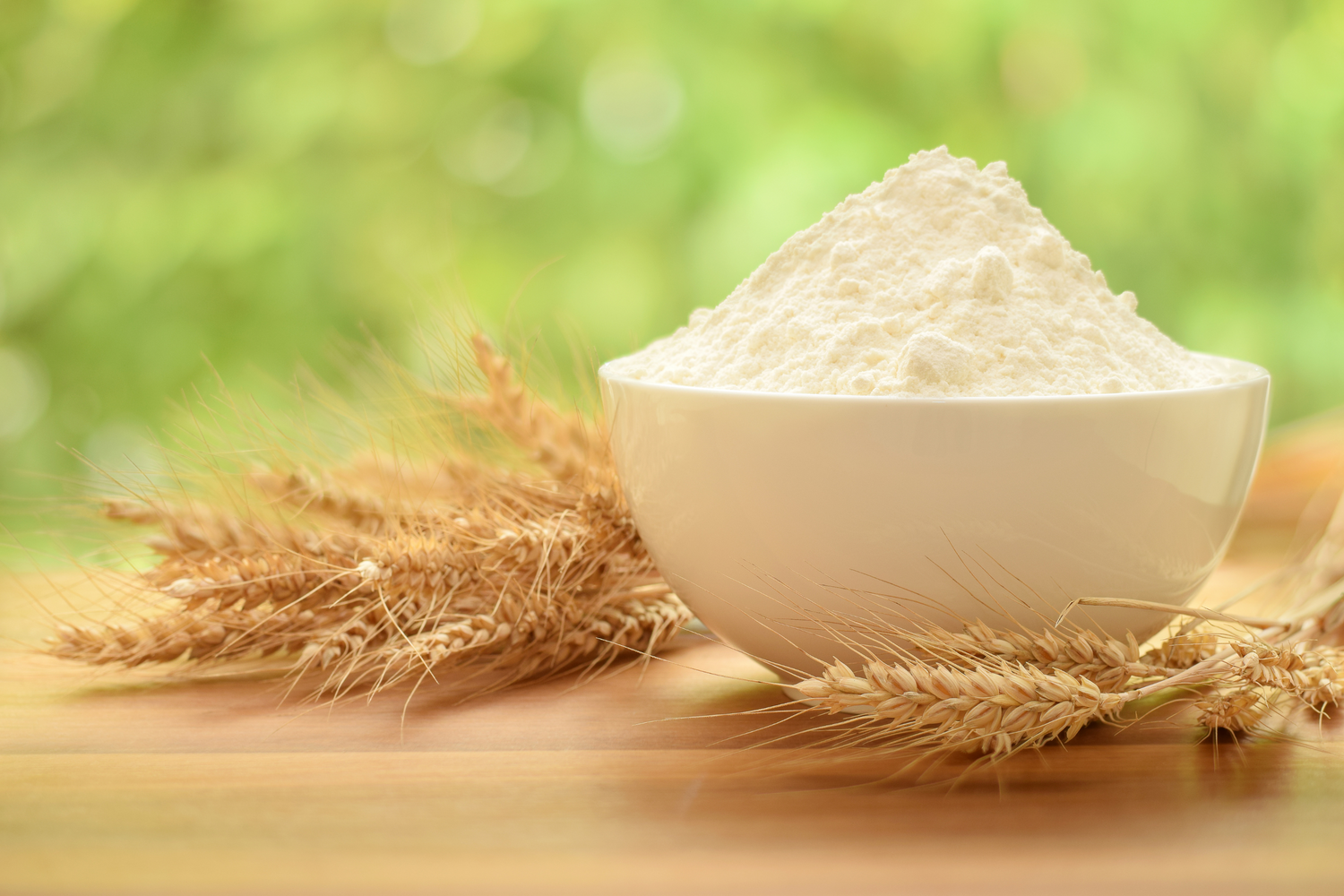Dehydration occurs when the body loses more fluids than it takes in, resulting in insufficient water to carry out normal bodily functions. This condition can affect anyone, though certain groups such as infants, young children, elderly people, and those with chronic illnesses are more susceptible. Dehydration can arise from a variety of causes, ranging from common daily occurrences to more serious health conditions. Understanding its causes, symptoms, and preventive measures is essential for maintaining good health.
Reasons for Dehydration
Dehydration can be caused by multiple factors, each affecting fluid levels in the body differently. One of the most prevalent causes is inadequate water intake, where individuals do not drink enough fluids to meet their body’s needs. This might be due to a busy lifestyle, lack of access to clean water, or simply not recognizing the sensation of thirst.
Another frequent reason is the significant loss of fluids, which might happen through different methods like sweating, urination, or breathing, especially when engaging in physical activities or being in warm surroundings. For example, athletes frequently face dehydration during strenuous exercises if they fail to adequately restore their fluids.
Sicknesses can result in dehydration, particularly if they present with symptoms such as nausea, loose stools, or elevated temperature. For instance, an intestinal infection could lead to substantial water loss in the body rapidly, requiring urgent rehydration to avoid severe issues.
Signs of Dehydration
The symptoms of dehydration can vary based on the severity, ranging from mild to severe. Mild dehydration might manifest as thirst, dry mouth, or decreased urine output, with urine appearing more concentrated and yellow. Fatigue and dizziness can also occur, impacting daily activities and mental focus.
Severe dehydration can exhibit more alarming signs, including intense thirst, parched skin, a fast heartbeat, and confusion. In extreme situations, it might result in critical conditions like heatstroke or hypovolemic shock, demanding immediate medical care.
Precautionary Actions
Avoiding dehydration requires developing routines that guarantee sufficient liquid consumption. Consuming a significant amount of water during the day is essential, particularly for those participating in physical exercise or living in warm environments. Including water-rich foods, such as fruits and vegetables, can also aid in sustaining hydration levels.
Observing physical indicators is another useful method for preventing issues. Being alert to feelings of thirst and frequently examining the color of urine can be beneficial for assessing hydration status. Moreover, getting ready for strenuous activities by drinking fluids beforehand can reduce the likelihood of dehydration.
Fluid Loss in Unique Groups
Certain populations are at a higher risk for dehydration, necessitating specific considerations. Older adults, for instance, may have a decreased sense of thirst and need to consciously increase their fluid intake. Similarly, infants and children can become dehydrated more quickly than adults, so caregivers should ensure they drink enough fluids, especially during illnesses like colds or flu.
In people with chronic conditions, such as diabetes, managing dehydration is an integral part of their overall health strategy. Proper hydration supports bodily functions like circulation and temperature regulation, which are critical in managing such conditions.
Consider the effects of not having enough fluids, as it affects everyday activities and overall health over time. Understanding how to keep fluid balance and using daily methods for staying hydrated can greatly improve your quality of life. It’s crucial to be attentive and take action towards the reasons and signs of dehydration, promoting a healthier way of living for everyone.



